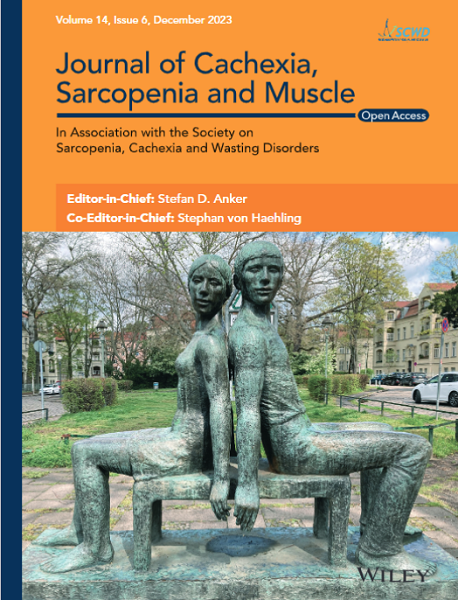Muscle strength is essential for healthy ageing. Handgrip strength (HGS) has been recommended by expert bodies as the preferred measure of muscle strength, in addition to being considered a strong predictor of overall health. Cross-sectional studies have shown several potential factors associated with HGS, but a systematic review of factors predicting HGS over time has not previously been conducted. The aim of this study is to systematically review the literature on the factors associated with adult HGS [at follow-up(s) or its rate of change] across the life course.
Searches were performed in MEDLINE via Ebsco, Embase and SPORTDiscus databases. Longitudinal studies assessing potential factors impacting adult HGS over time were included in the analyses. Based on previously established definitions of consistency of results, a semiquantitative analysis was conducted using the proportions of studies supporting correlations with HGS.
A total of 117 articles were included in this review. Factors associated with HGS were grouped into 11 domains: demographic, socioeconomic, genetic, early life, body composition, health markers/biomarkers, health conditions, psychosocial, lifestyle, reproductive and environmental determinants. Overall, 103 factors were identified, of which 10 showed consistent associations with HGS over time (i.e., in at least four studies with ≥60% agreement in the direction of association). Factors associated with greater declines in HGS included increasing age, male sex, higher levels of inflammatory markers and the presence of cardiovascular diseases. Education level, medication use, and self-rated health were not associated with the rate of change in HGS. Increased birth weight was associated with a stronger HGS over time, whereas depressive symptoms were linked to a weaker HGS, and smoking habits showed null associations.
Comparison between studies and estimation of effect sizes were limited due to the heterogeneity in methods. Although sex and age may be the main drivers of HGS decline, it is crucial to prioritize modifiable factors such as inflammation and cardiovascular diseases in health interventions to prevent greater losses. Interventions to improve birth weight and mental health are also likely to produce positive effects on muscle strength. Our results point to the complexity of processes involving muscle strength and suggest that the need to better understand the determinants of HGS remains.



